Additive Manufacturing (AM) & Powder Bed Fusion (PBD)
Additive Manufacturing
In contrast to conventional manufacturing methods that cast a product from a mould, additive manufacturing (AM) directly fabricates complex three-dimensional components using CAD data. Consequently, AM has experienced significant growth over recent years and is now utilised in many industrial sectors. If you are not familiar with the term additive manufacturing, it is also referred to as 3D printing.
Compared with Conventional Manufacturing
In conventional manufacturing, for instance with numerical control, suitable tools and materials must be selected for each product. Additionally, a specific tool path must be generated to prevent tool damage. Detailed production plans are required for complex products.
In summary, conventional manufacturing is complex and offers limited flexibility for customised and intricate products. In contrast, AM is a tool-free method. Given that AM uses layer‐by‐layer deposition, it enables the fabrication of customised components. AM is employed in the manufacture of artificial joints and dental devices.
General Process of Additive Manufacturing
The core concept of additive manufacturing is the layer‐wise deposition of materials. CAD data controls the entire process. A heat source, such as a laser, electron beam or ultraviolet light, is used to melt metallic powder and deposit layers. The layer thickness is an important factor that influences processing time. A thinner layer produces finer components; however, it increases production time. This summary outlines the AM process. We now examine it in further detail.
Step 1
The first step involves creating a three-dimensional model with CAD software. Alternatively, an existing item can be scanned to generate a digital model via reverse engineering. The primary objective is to produce an accurate digital geometry for subsequent printing.
Step 2
Next, the CAD data is converted into the STL format (Standard Tessellation Language). This format represents only the surface geometry and does not encode colour, materials or other CAD properties. In certain cases, the AMF (Additive Manufacturing File) format may be used instead of STL.
Step 3
Because additive manufacturing builds objects in layers, the STL data must be sliced into discrete segments. These slices are then converted into codes that the AM system can process. Typically, the resulting tool path is transformed into the G-code format. This completes the preparation for the AM setup.
Step 4
After the preparation phase, the AM machine is operated to avoid producing defective parts. The final product is influenced by factors such as material type, layer thickness, power supply, motion speed and ambient temperature. Because AM uses layer deposition, build plates are utilised for overhanging or unsupported features. The build plate may be removed directly or separated from the component using chemical solvents. Finally, the machine must be supplied with appropriate support materials.
Step 5
After printing, some items can be easily detached from the build plate while others require heat treatment or chemical dissolution to obtain the final component.
Certain parts, intended for specific applications, undergo additional processing to meet product requirements. For example, a component may be heat-treated to enhance its properties, or polished to achieve the required surface smoothness.
Powder Bed Fusion
Additive manufacturing covers several techniques, including powder bed fusion, directed energy deposition, binder jetting, material jetting, material extrusion, vat photopolymerisation and sheet lamination [1]. This document focuses on laser powder bed fusion.
What is Powder Bed Fusion?
In powder bed fusion, laser or electron beams serve as the heat source to melt selected areas of powder particles in successive layers. This method produces complex parts. Laser powder bed fusion (L-PBF) is referred to in scientific literature by various names, such as selective laser melting (SLM), direct metal laser sintering (DMLS) and LaserCusing [2]. L-PBF comprises several subprocesses: absorption and reflection of the laser by the powder, heat and mass transfer, phase transformations, moving phase interfaces, gas and liquid dynamics, chemical reactions, solidification and evaporation, shrinkage and deformation [2].
More than 130 input parameters may affect the L-PBF process. The most influential factors are machine-specific, material-specific, process-specific and post-processing parameters. Given that a slight change in one parameter can induce several adjustments, unpredictable results may occur. Further investigation is necessary to standardise L-PBF technology. Figure 1 [1] illustrates the general process of L-PBF.
Figure 1: L-PBF Working Process [3]
Key Methods in L-PBF
A recoater system extracts powder from the supply reservoir and deposits a uniformly thin layer on the build plate. The scanner system directs the laser to melt the powder on the build plate. A thin layer is formed; subsequently, the build platform lowers and the powder supply rises to apply the next layer. Finally, post-processing is carried out, which includes removing the part from the powder and cleaning residual powder from the component. All these operations take place in a protective gas atmosphere to prevent oxidation of the powder.
Microscopic View in L-PBF
At the microscale, two small particles make contact and subsequently melt. They fuse due to surface tension once the laser has melted the powder; this process is known as neck formation. Viscous flow primarily drives this process, as stated by Sahoo [4]. Figure 2 [4] provides an exact depiction of the process.
Initially, two particles touch. As the temperature increases, they begin to melt and join because of high surface energy. This is termed surface diffusion. The neck length increases until surface diffusion ceases, reaching its maximum length. Grain-boundary diffusion then occurs to eliminate porosity. Finally, shrinkage terminates the process, and sintering is complete.
Increasing the laser power raises the temperature. Grain-boundary diffusion becomes more stable at higher temperatures; consequently, the consolidation time is reduced.
L-PBF Powder Supply and Deposition System
Two methods exist for the L-PBF powder supply. In one method, powder is stored within a reservoir and delivered by a piston that moves vertically. This approach is commonly used in many commercial L-PBF systems. Alternatively, the reservoir continuously feeds powder to a funnel located above the work plane, combining the supply and deposition systems [5].
After delivery, the deposition system spreads a thin, even layer of powder for the laser to melt. Most deposition systems operate via linear reciprocating motion. Various recoating systems exist, including soft-blade recoaters (using silicone or rubber blades), hard-blade recoaters (using hardened steel) and roller systems.
The soft-blade recoater is flexible and does not damage the part. It is particularly useful when fabricating delicate, easily fractured or distorted cellular structures. However, the soft blade wears out quickly and must be replaced frequently.
In contrast, the hard-blade recoater prevents metal deformation during production. This method stops any geometrical distortion and reduces the likelihood of defective parts, thereby saving time and costs.
The roller system distributes the powder within a three-dimensional system to form a very uniform layer. The roller can be implemented in small workspaces to apply powder with a small particle size, depending on its operational parameters.
Powder Material
The powder material is one of the most critical components in the L-PBF process. It can influence subsequent machine settings and largely determines the quality of the produced parts.
Metal powders with particle sizes ranging from 5 to 60 μm are used in L-PBF systems. The most appropriate powders are spherical in shape as they provide high packing density, good flowability and an even distribution on substrates [5]. For instance, spherical titanium powder, spherical titanium powder, spherical nickel powder, spherical nickel powder, FeAlNiCrX powder from high-entropy alloys and spherical cobalt-based powder are among those frequently used in L-PBF.
Referenz:
- Yadroitsev, I., Yadroitsava, I., Plessis, A. D., & MacDonald, E. (2022). 2 - Fundamentals of laser powder bed fusion of metals. In Fundamentals of laser powder bed fusion of metals (p. 16). Essay, Elsevier.
- Yadroitsev, I., Yadroitsava, I., Plessis, A. D., & MacDonald, E. (2022). 2 - Fundamentals of laser powder bed fusion of metals. In Fundamentals of laser powder bed fusion of metals (p. 18). Essay, Elsevier.
- Yadroitsev, I., Yadroitsava, I., Plessis, A. D., & MacDonald, E. (2022). 2 - Fundamentals of laser powder bed fusion of metals. In Fundamentals of laser powder bed fusion of metals (p. 19). Essay, Elsevier.
- Sahoo, S. (2020). Consolidation behaviour of metal powders in laser additive manufacturing. Metal Powder Report. https://doi.org/10.1016/j.mprp.2020.06.060
- Yadroitsev, I., Yadroitsava, I., Plessis, A. D., & MacDonald, E. (2022). 2 - Fundamentals of laser powder bed fusion of metals. In Fundamentals of laser powder bed fusion of metals (pp. 26–30). Essay, Elsevier.

 Bars
Bars
 Beads & Spheres
Beads & Spheres
 Bolts & Nuts
Bolts & Nuts
 Crucibles
Crucibles
 Discs
Discs
 Fibers & Fabrics
Fibers & Fabrics
 Films
Films
 Flake
Flake
 Foams
Foams
 Foil
Foil
 Granules
Granules
 Honeycombs
Honeycombs
 Ink
Ink
 Laminate
Laminate
 Lumps
Lumps
 Meshes
Meshes
 Metallised Film
Metallised Film
 Plate
Plate
 Powders
Powders
 Rod
Rod
 Sheets
Sheets
 Single Crystals
Single Crystals
 Sputtering Target
Sputtering Target
 Tubes
Tubes
 Washer
Washer
 Wires
Wires
 Converters & Calculators
Converters & Calculators
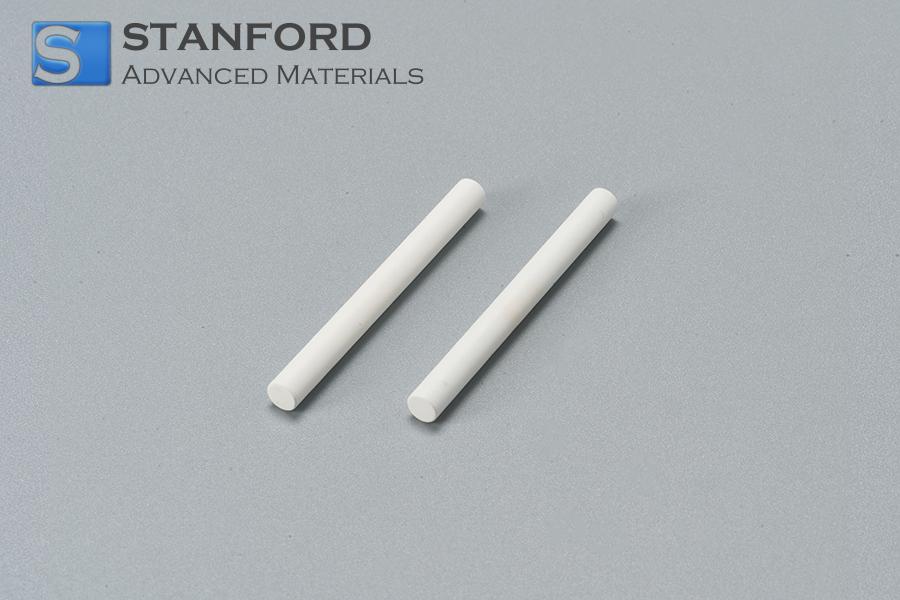
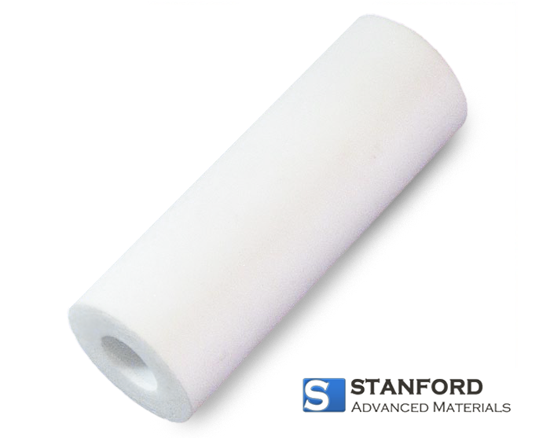
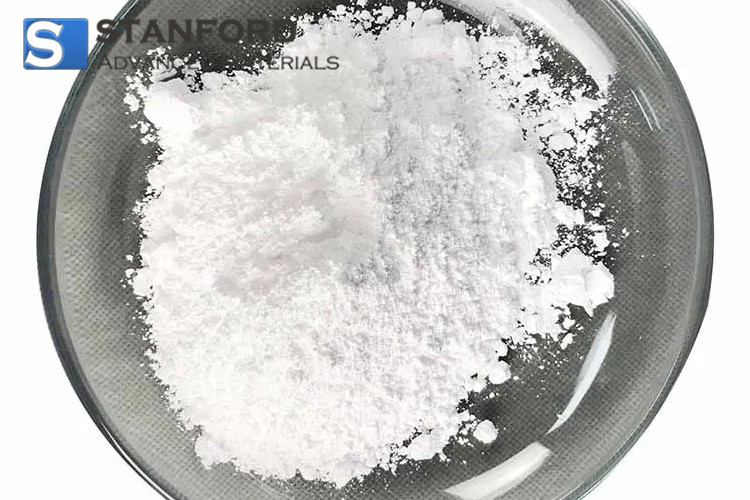
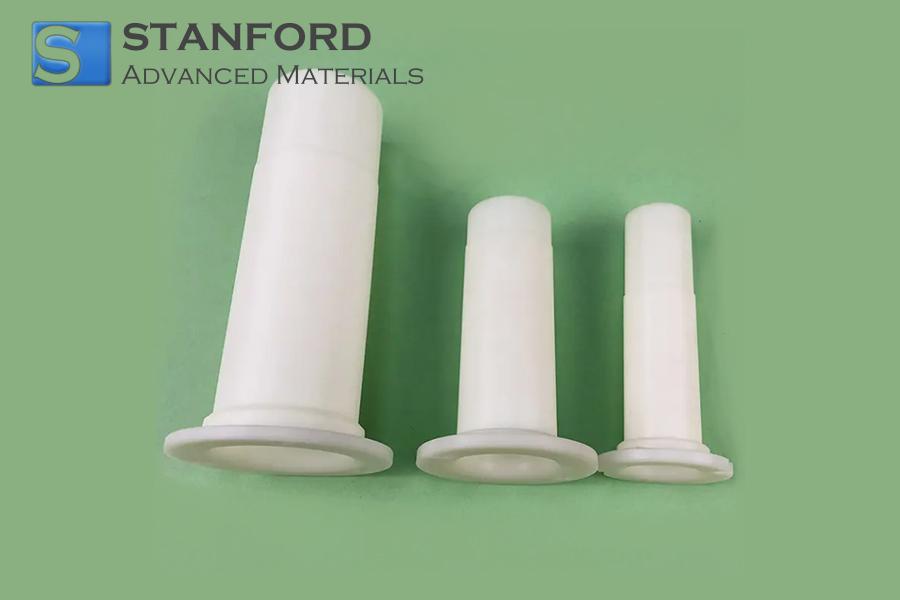
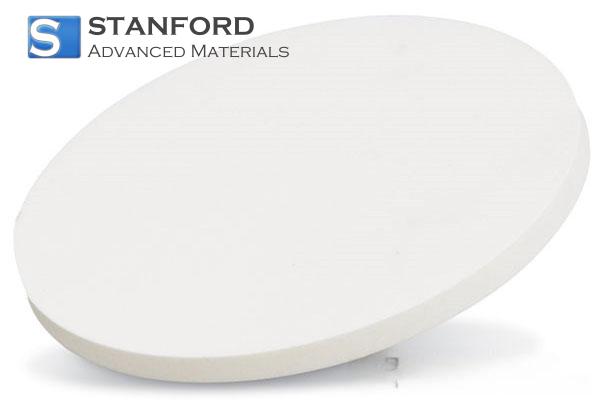
 Chin Trento
Chin Trento



